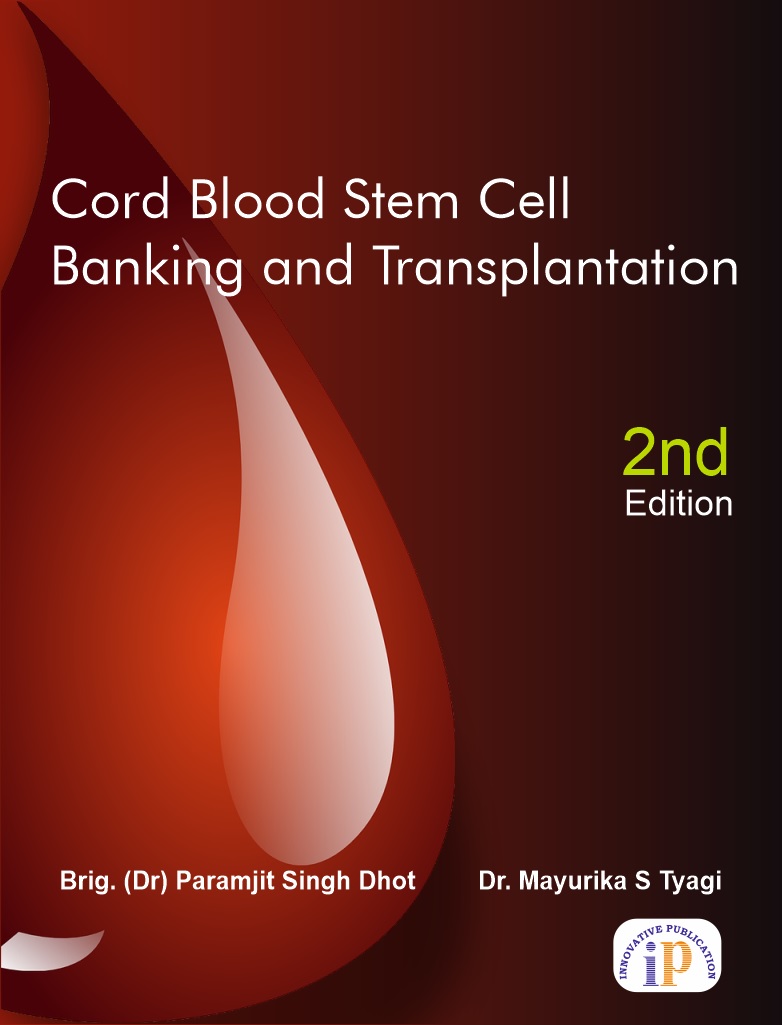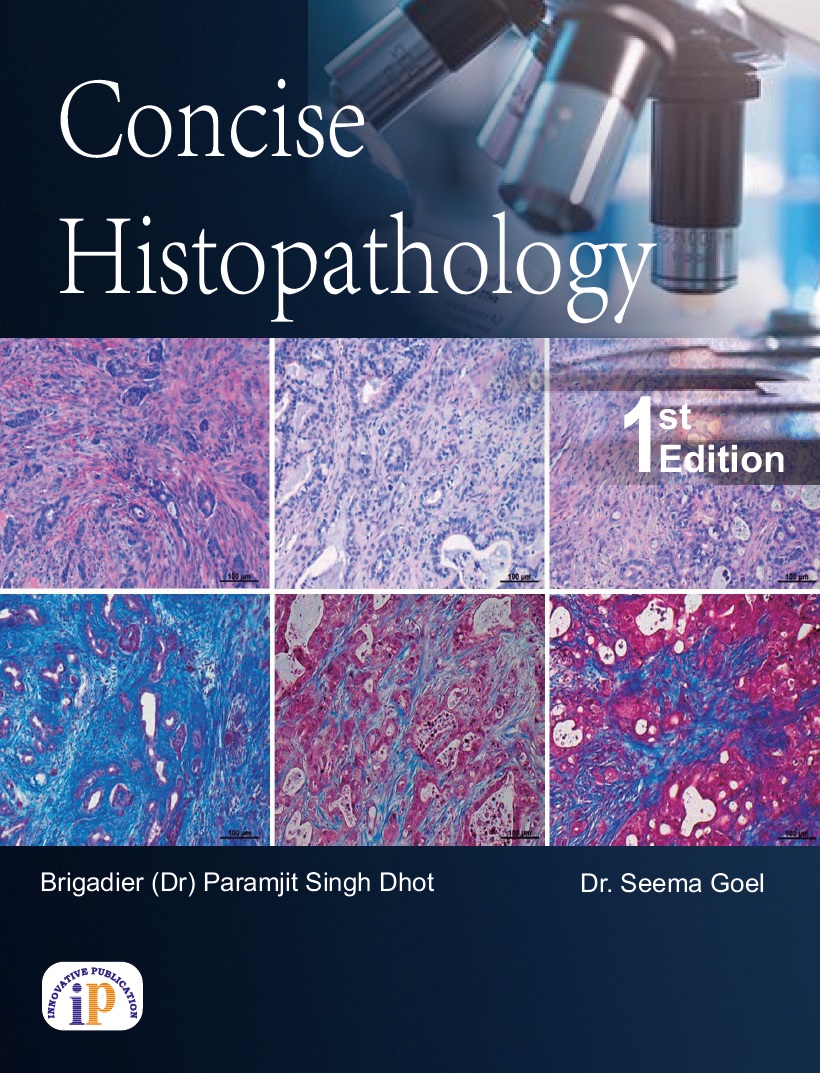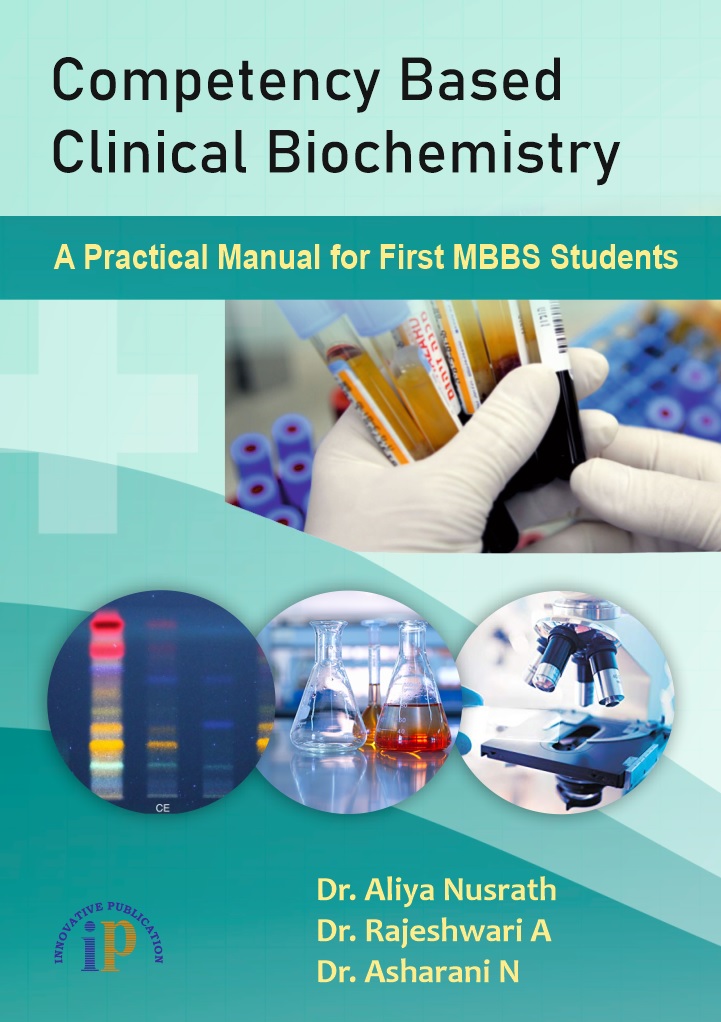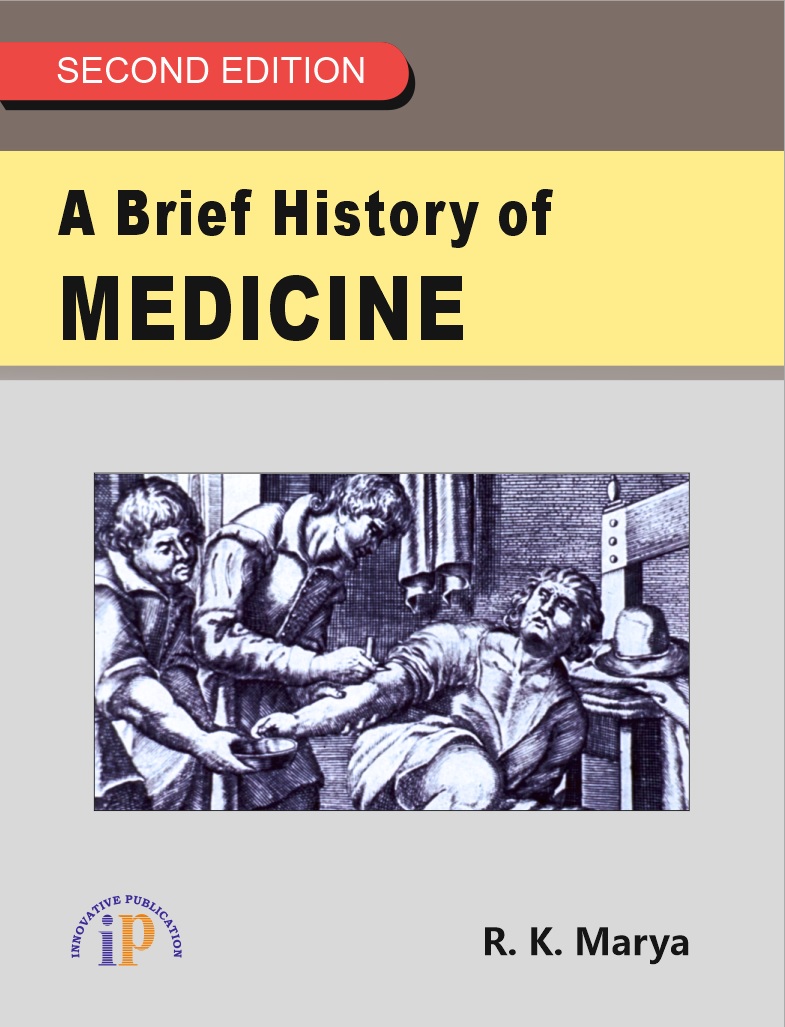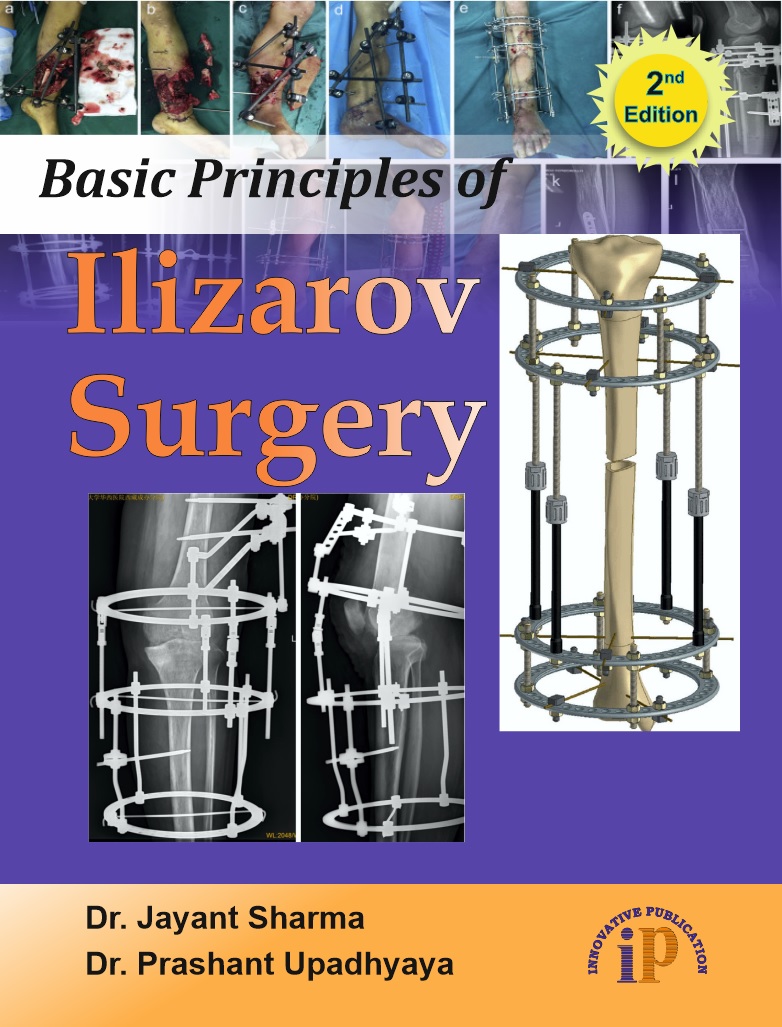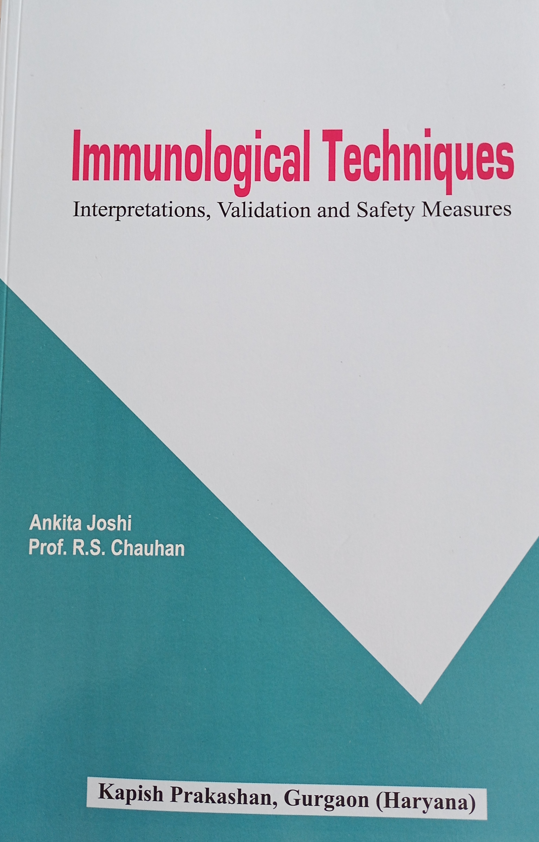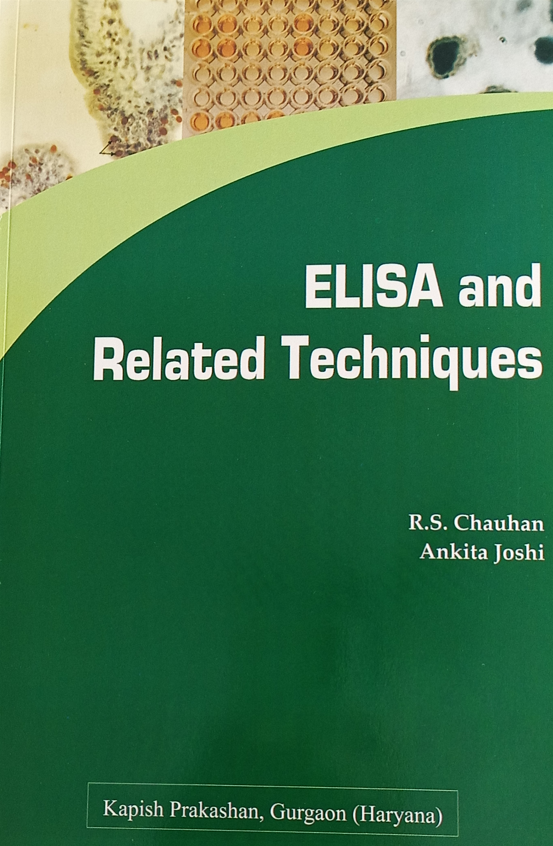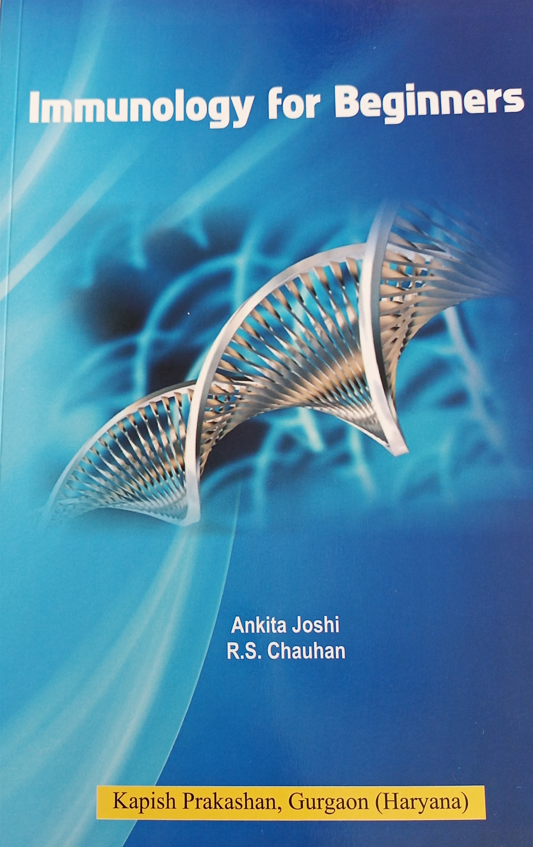political science
Entrances
Academic Books
Account Books
Administrative
Adventure
Advocacy and Adjudication
Aging
Agriculture
Agriculture
Agriculutre
Allied Health
Analysis
Animals
Animals and Birds
Anthology
Anthology
Aptitude Test
Arbitration and Conciliation and Mediation
Architecture
Architecture
Architecture
Art and Humaneties
asd
Astroloojy
Astronomy
Autobiography
Ayurveda
Banking
Banking and Insurance
Biography
BIOLOGY LIFE SCIENCE
Body & Spirit
Border Roads Organisation
BPSC
Business
Business Law
CA
Chemistry
Child, Young and Adult
Children dictionaries
Childrens Books
Civil Procedure and Practice
CLASSIC FIC(PRE 1945)
Climbing or mountaineering
Comics
Comics & Graphic
Commerce
Communication & Media Studies
Competition Law and MRTP
Competitive Exams
Computer
Computer
Constitutional Law
Consumer Protection Law
Contempt of Court and Legislatures
Contract Law and Specific Relief
Cook Books
Cook books
cookery
Corporate Law
Corporate Laws
Counseling
Court Fees
Crafts & Hobbies
Crafts and Home
Crime Books
Criminal Law
Criminology
CTET
Defence
Dental Science
Dentistry
Dictionary
Direct Tax Laws
Direct Taxes
Drafting and Pleading and Conveyancing
Drama
E-Commerce
Earth science
ECO FIN BUSS & MGMNT
Economics
Economics & Development Studies
Education
Election Laws
Electricity Law
Electronics and Engineering
ENCYCLOPAEDIA
Engineering
Engineering & Computer
English Language Teach
ENGLISH LANGUAGE TEACHING
Entertainment
Environmental Law
Environmental Science
Evidence
Fairy Stories
Family and Personal Laws
Family Studies
Family/Personal Laws
Fashion and Design
Fiction
Film and Cinema
Finance
Food & Cook
Food and Drink
Games & Activities
Gender Studies
General knowledge
Geography
God and Godess
Graphic Novels
GST
Gujrati
HCUS - IMPORTS
Health & Fitness
Health & Fitness
Health & Nursing
Health, Personal, development
Hinduism
History
Horror
Human Rights
Humanities
HUMOUR
Income Tax
India Major Works
Indirect Tax Laws
Indirect Taxes
Industries
Information Technology Law
Insolvency
Insolvency and Bankruptcy Code
Insurance Law
Intellectual Property Law
International Law
International Taxation
Interpretation of Statutes
Islam
Judicial System
Jurisprudence
Labour and Industrial Laws
Labour and Service Law
Labour and Service Laws
Language
Law
Law Manuals
Legal Biography
Legal Education and Entrance Examinations
LIFESTYLE,SPORT,LEIS
LIT:HISTORY,CRITICSM
Literature
LITERATURE STUDIES
Management
Management & Organization Studies
Marketing
Marriage and Relationships
Mass Communication
Mathematics
MATHEMATICS & SCIENC
Mechanical Engineering
Medical
Medical
Medico Legal
MIDDLE GRADE READERS
MODERN FIC(POST 1945)
Motor Vehicles Law
Music
Mythology
Nature
Nature
No Food Science
Non-fiction
Nonfiction
NTA UGC
Nursing
Nursing
Operations and Decision Sciences
Organisational Behaviour
Ornithology
Other
Other Laws
Other Titles
Paramedical
Paramedical
Partnership Law
Pharmacy
Philosophy
Photography
Photography
Physics
PICT ACTIVITY BOOKS
Poetry
Politics
Press, Media & Telecommunication Laws
Property Law
Psychology
Punjabi
Raamaayana
Railway
REF,INFO,INTERDISCIP
Religion
Research and Reference and Lexicons and Dictionaries
Research Methods
Right to Information
Romance
Sale of Goods Act
Sanskrut
Scholarship
Science Fiction
Self Help
Share market Trading
Short Stories
Social Behaviour
social science
Social Work
SOCIETY & CULTRE
Sociolinguistics
Sociology
Spiritual
Spirituality
Sports
Sports Law
Statistics
Story Book
Study material
Tax and Accounting
Textbooks
Textile
THE ARTS
Torts and Consumer Protection
Transfer Pricing
Travel
Travel
UPSC
Urban Studies
Wild Life
Wildlife
Workbook
Yoga

Medical
Cord Blood Stem Cell Banking and Transplantation
The book traces the history of cord blood stem cells.
The first cord blood transplant on a six years old boy, Mathew Farrow a case of Fanconis anaemia done in St. Louis Hospital, Paris by Dr. Eliana Gluckmann.
The donor the boy’s sister.
Collection, processing, enumeration and cryopreservation are described in a simple to understand lucid method.
Public and family cord blood banks with total number of cord blood units stored are described.
Cord blood transplantation in cerebral palsy and other neurological disorders are elucidated.
Cord blood transplantation in haematologic malignancies eye, joint, immune disorders are discussed.
Equipment required and licencing of cord blood banks is highlighted.
Automation for cord blood retrieval using Bioarchive system is elucidated.
A must for haematologists, physicians, pathologist, stem cell and regenerative medicine experts.
... Read more Read lessConcise Histopathology
1. A concise book for BMLT, MBBS and MD Pathology students including practicing pathologist.
2. It describes grossing, processing, cutting and staining of slides.
3. Routine and special stains are discussed.
4. It is a must-have book for pathologist, BMLT and MD students.
5. The coloured pictures help in the diagnosis of the tissues processed.
Competency Based Clinical Biochemistry - A Practical Manual for First MBBS Students
The book has following unique features:
1. Comprehensive coverage of practical syllabus based on Biochemistry skill competency specified in CBME curriculum.
2. All experiments have defined Specific Learning objectives and Resources required.
3. All experiments also specify predominant domain, level of competency as per Miller's pyramid, suggests teaching learning and assessment methods.
4. Sixty case studies have been included correlating the biochemical basis of clinical manifestations and rationale of using laboratory investigations in diagnosis of the disease.
5. Objective Structured Practical Examination (OSPE) experiments are included, having both Performance and Response type of assessments.
6. The OSPE performance assessments are unique based on the case studies.
7. Forty-five image-based spotters have been included adding to clinical correlation training of students which can also be utilized as assessment tools for OSPE/ Spotters.
... Read more Read lessA Paediatrician’s Approach to a Child with Special Needs
This book deals with the various aspects of neurodevelopment, developmental challenges, childhood disability, and special needs, thus providing the reader with a basic knowledge about the diseases involved, the clinical approach, and various modes of management and prevention. The book starts with the basics of brain development for better understanding, gradually going on to deal with the various clinical conditions. All common conditions leading to ‘special needs’ in a child have been discussed so that in one book the reader gets answers to all related queries.
Children with special needs are a heterogeneous group of patients and to cater to them, a paediatrician requires to have a wide spectrum of knowledge about various medical conditions and their medico-social implications, much of which is dealt with very scantily during post-graduate training. The dearth of an all-inclusive reading material covering all the aspects of developmental paediatrics has also been a felt need by most students. This book is an attempt to bridge this gap and bring all relevant information together in a comprehensive manner and provide the reader with a wide-angled view of the subject. The language has been kept lucid and clear throughout, promoting easy reading and better understanding.
A Brief History of Medicine
This book traces the development of medical science from the ancient treatments by charms and spells, going to pilgrimage or even touch by a king or a queen to modern transplant or robotic surgery. Short biographical sketches highlight the role of eminent physicians, each taking a small step in the modernisation of medical science.
What we know of medicine today, is the result of discoveries made by men and women over thousands of years. The field’s greatest practitioners were, like the rest of us, human beings with flaws and weaknesses. Risk-takers and rebels, challenged the conventional wisdom and stirred storms of controversy. Some were ridiculed or even reviled in their own time.
While writing this book, the aim has been to make the text highly informative, yet short and interesting. The stories and legends woven around the historical figures provide flesh and blood to the bone-dry history of medicine. The book is expected to find favour with all the medical students as well as their teachers or even laymen.
PG-CUET Fundamentals of Life Sciences
Fundamentals of Life Sciences is intended for PG-CUET, Graduates and all Life Sciences Universities. This book is important because of its bounded concepts and explanation related to each concept of life sciences, particularly in Here importantly highlighted about the Microbiology, Biotechnology, Zoology, Botany, Biochemistry, Diversity in Life Forms, Ecology, Evolution and Applied biology. This book contains seven chapters which contains different concepts. Although I have made every effort to make the book error free, I am under no illusion. I welcome comments, criticism and suggestions from the readers to evolve the contents. It is one of the Best Reference books that will help every student irrespective of the academic background to perceive elementary mathematics right. However, the book is fully syllabus oriented and written by considering their understanding ability.
Basic Principles of Ilizarov Surgery (2e)
The magic of Ilizarov has various indications in Orthopaedic practice and there is a lacunae of a basic book, for the beginner to learn the practical aspects of the procedure. Hence, it became necessary to bring out a book which could comprehensively cover the basic aspect of the procedure.
The book highlights include-
1. Chapters dedicated on Instruments, applying the apparatus.
2. The complications and how to overcome them.
3. Few chapters are added on Newer modifications and advances in order to keep the readers updated.
... Read more Read lessImmunological Techniques: Interpretations, Validation and Safety Measures
Immunity is the resistance of the body expressed through various cellular, physiological and biochemical reactions in the body. Whenever any foreign material/ infection enters in the body, the immune system activates and initiates production of immunity against those particular foreign material (infection/antigen). Mainly the immunity developed in the body is either in the form of humoral or cell mediated immune response and is specific to a particular antigen against which it is developed in the body. In the process of disease diagnosis, it is important to either detect the presence of antigen in the body or antibodies or specific T cells for the confirmation of the disease. For this purpose, various immunological techniques are employed to confirm the tentative diagnosis of physician/clinician. In the present book, various immunological techniques are described, including agglutination, precipitation, CFT, ELISA, DIA and other related techniques. These techniques are described in a very simple language and written by very experienced persons including the tit-bits of each tests so that the readers can understand easily and may employ these techniques in their research. Besides, validation 01 the techniques is described along with a diagnostic, sensitivity and specificity to determine the assay performance and reliability. Measurement of uncertainty related with each diagnostic test has also been discussed in this book. The safety measurement adopted in diagnostic laboratory along with the first aid in case of accidents are being well described. Each technique is well illustrated through diagram or photographs so that the basic principle of the technique is clearly understood. Authors arc having very rich experience of working in a diagnostic laboratory not only as technical expert or as a diagnostician, but also they are having the experience of research managers and management of immunological laboratory and diagnostic laboratory. 'Hope this book will be very useful to the young budding biotechnologists who are interested in immunological techniques, the teachers, the diagnosticians, the medicos and veterinarians in their studies, and research endeavours on the related topics. Authors are thankful to all those who helped in the preparation of this book, directly or indirectly. Lastly inspite of our best efforts at perfection element of human error is still likely to creep in which the readers are welcome to point out since that will help us in improving the book further.
ELISA and Related Techniques
It is a matter of great pleasure and satisfaction to write this monograph on ELISA and Related Techniques. Enzyme linked immunosorbent assay (ELISA) is a widely applicable and accepted test routinely used now-a-days for diagnosis and confirmation of infectious diseases. It has the same principle and sensitivity as radioimmunoassay (RIA) and replaced the later being less expensive and safe in handling during procedure. In radioimmunoassays, the use of radioisotope labelled antibodies or antigen are hazardous to the health and it requires the costly gamma or beta counter to interpret the results. The basic principle of ELISA is same as RIA but in place of radioisotope labelled antibodies, in ELISA an enzyme is used. This assay is also used for the detection of antigen as well as antibodies. For detection of antibodies, the known antigen is coated on the surface of well of polystyrene plate (96 wells) and then test serum samples, properly diluted, is added. After incubation, the plates are washed and conjugate enzyme labelled species specific antibody is added which binds with the antibodies present in test serum and can be detected by adding substrate which gives a coloured reaction that can be seen by naked eyes or read in spectrophotometer. For detection of antigen, the sandwich assay is preferred. In sandwich assay, antibody is bound to the solid phase (polystyrene plate). This antibody is known as capture antibody. Then the specimen suspected for presence of antigen is added. After appropriate incubation, the plate is washed and second antibody specific to antigen is applied, which is conjugated with enzyme in direct method while in indirect method this antibody is plain and anti-antibody conjugated with enzyme is applied which is known as indicator antibody. In indirect method the secondary antibody should be raised in a different animal species with that of capture antibody. The reaction is detected by applying enzyme substrate, which gives coloured reaction. The coloured reaction can be seen by naked eyes or is read by spectrophotometer. In this monograph, various tips of ELISA procedure are mentioned so that the readers can themselves use these techniques on their own. This compilation has been prepared with the details of enzyme immunoassays including dot immnuno-assay, immunoperoxidase techniques, PAP techniques and avidin-biotin complex assays. I believe that this monograph will be helpful to the readers as a practical as well as reference book particularly for those involved in biotechnology, veterinary and for medical diagnostic laboratories, research institutions and teaching of students. We must acknowledge our colleagues and family members for their support, motivation and cooperation.
Immunology for Beginners
Immunology is the science of resistance, which protects body from intrinsic and extrinsic substances that can harm body, through a variety of biochemical, physiological, humoral and cellular reactions in the body. This an integral part of the body without which one cannot think of life. During the process of evolution, nature has provided this defence mechanism in the body of all living creatures, particularly of higher animals and man that protects them from physical, chemical and biological insults. The antigens when enters in the body of animals is trapped, processed and eliminated by several cells including macrophages, dendritic cells and B-cells. Most antigens offer multiple epitopes and therefore initiate proliferation and differentiation in majority of B-cells clones, each derivative from a B-cell that recognizes a particular epitope. The resulting serum antibodies are heterogeneous comprising of mixture of antibodies, each one specific for one epitope itself. Such a polyclonal antibody response facilitates the localization, phagocytosis and complement mediated lysis of antigen (agent). This situation is normally present in the body, but if depressed, it leads to immunodeficiency or it is exaggerated, it is known as hypersensitivity. Another situation may occur in which immunity is directed towards the body's own/self materials, then it is known as autoimmunity. This book is divided in six chapters including Basic Concepts, Immunodeficiency, Hypersensitivity, Autoimmunity, Immunomodulation and Tumour Immunology for the benefit of readers. Hope it will be very useful to the students of Immunology/Biotechnology besides, veterinarians, medicos and graduate students. It may also provide useful information to the clinicians dealing with immunopathological disorders. Authors are thankful to all those who helped in the preparation of this book. Inspite of our best efforts at perfection, element of human error is still likely to creep in which readers are welcome to point out since that will help in improving the book further.

